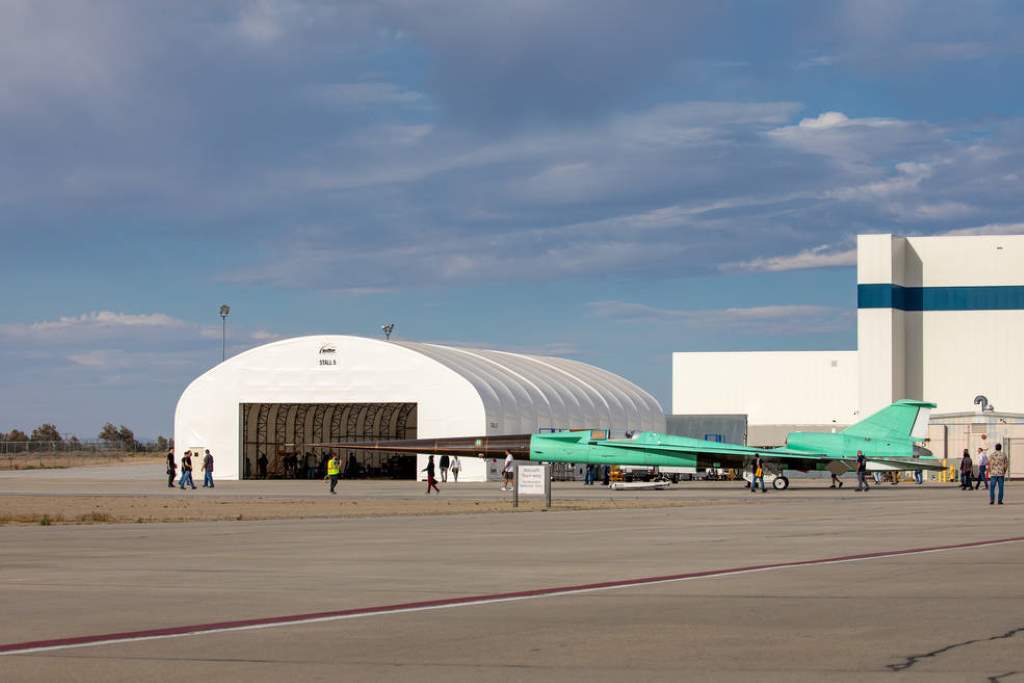X-59: NASA’s quiet supersonic jet moves closer to first flight

NASA’s experimental supersonic aircraft, the X-59 QueSST (Quiet SuperSonic Technology), has moved a step closer to its first flight.
At Lockheed Martin Skunk Works in Palmdale, California, the aircraft now sits on the flight line, the space between the hangar and the runway.
The move from its construction site to the flight line is one of many milestones that prepare the X-59 for its first and subsequent flights. Next up, the team will conduct significant ground tests, including engine runs and taxi tests, to ensure the aircraft is safe to fly. The aircraft’s first flight is scheduled for this year after the series of ground tests.
The X-59 aircraft – the centrepiece of NASA’s Quesst mission – is designed to demonstrate the ability to fly supersonic, or faster than Mach 1, while reducing the loud sonic boom to a quiet sonic thump.
NASA will then fly the X-59 over several communities to gather data on human responses to the sound generated during supersonic flight. NASA will deliver that data set to US and international regulators to possibly enable commercial supersonic flight over land.

50 years ago, the US federal government banned all civilian supersonic flights over land. The rule prohibits non-military aircraft from flying faster than sound, so their resulting sonic booms won’t startle the public below or concern them about potential property damage.
Officially put into effect in 1973, the ban’s introduction was strongly influenced by public opinion surveys in cities where supersonic military jets were flown overhead, and many folks said they didn’t like what they heard or the way their windows rattled because of the sonic booms.
Although some research suggested ways to soften the impact of sonic booms, aeronautical technology during the 1960s and early 1970s wasn’t sophisticated enough to fully solve the problem in time to prevent the rule from being enacted.
Today, NASA is working on a solution with the X-59.
“It’s a rule that many people today aren’t aware of, yet it’s at the heart of what our Quesst mission with its quiet supersonic X-59 airplane is all about,” said Peter Coen, NASA’s Quesst mission integration manager.
NASA’s X-59 is designed to fly faster than sound, but with drastically reduced noise – people below would hear sonic ‘thumps’ rather than booms, if they hear anything at all. To test the public’s perception of this noise, part of the Quesst plan includes flying the X-59 over several communities to survey how people react.
NASA will deliver the results to US and international regulators, who will consider new rules that would lift the ban that has been in place for so long. The goal is for a regulatory shift that focuses on the sound an aircraft creates, instead of a speed limit.
“We’re definitely ready to write a new chapter in the history of supersonic flight, making air travel over land twice as fast, but in a way that is safe, sustainable, and so much quieter than before,” Coen said.












